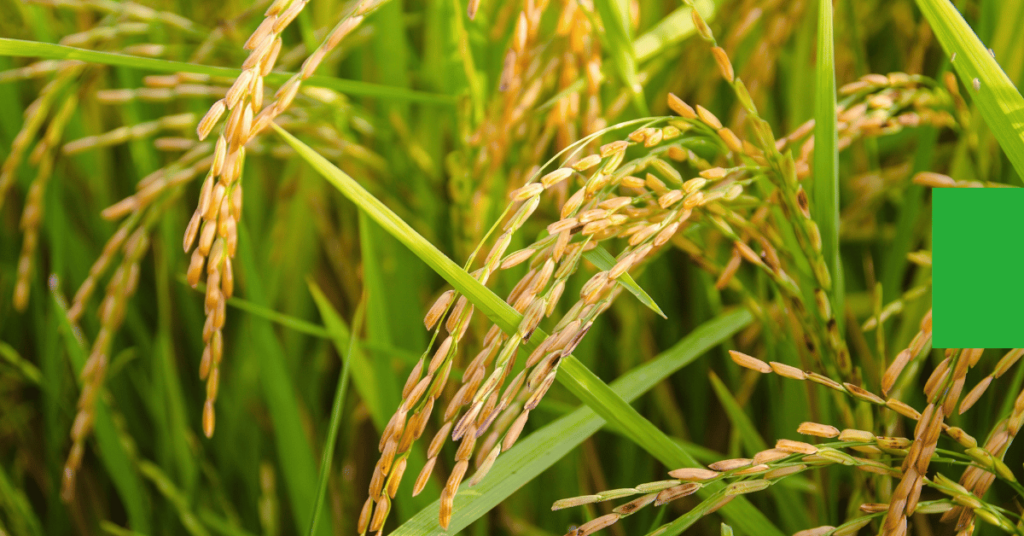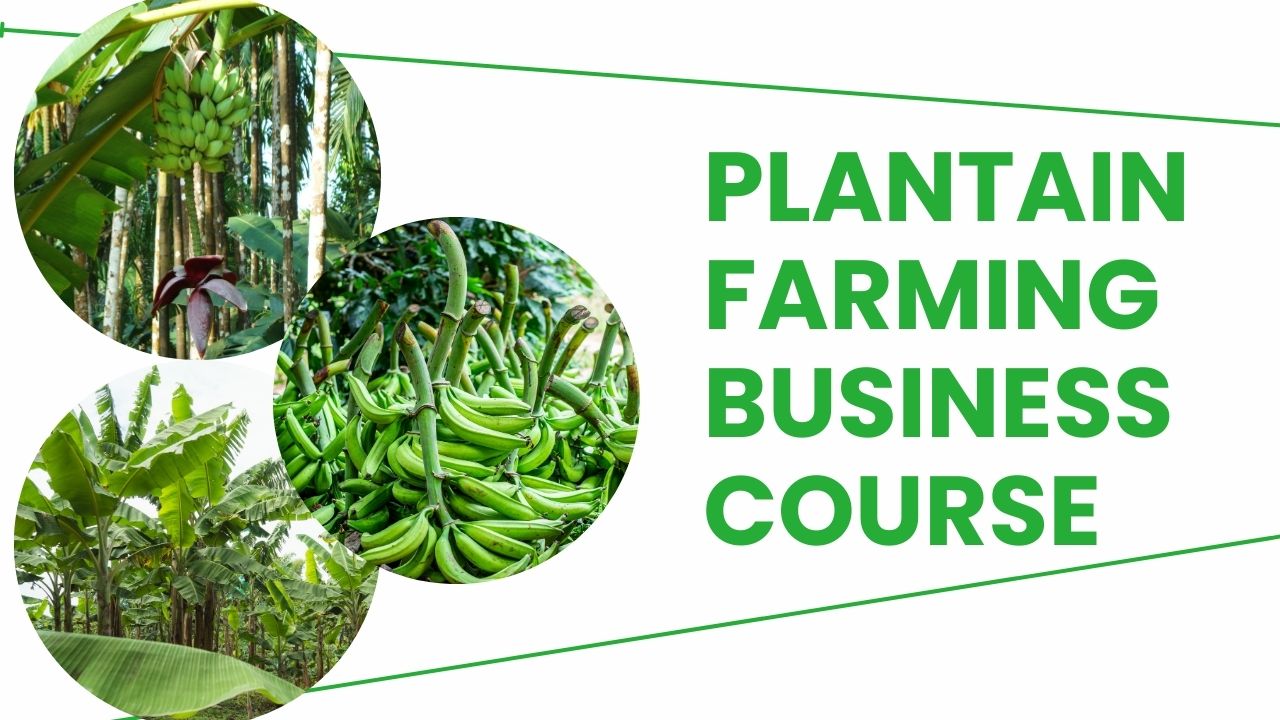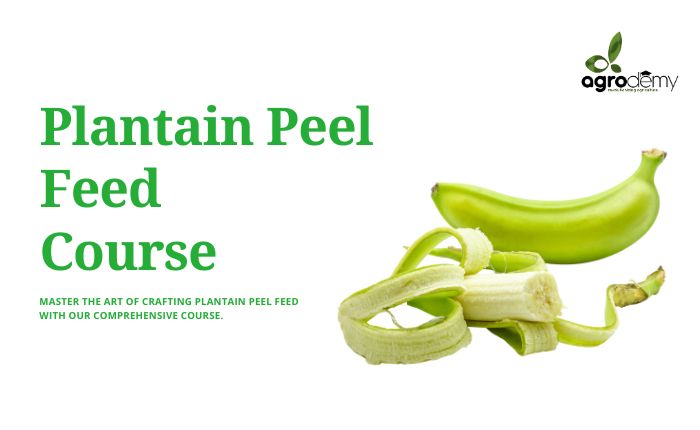Rice farming and production have been around for thousands of years, and it remains one of the most important agricultural practices globally. Rice is not only an essential source of food, but it also plays a significant role in the economies of many countries.
Rice farming is a vital industry worldwide, with an estimated 150,000 varieties of rice cultivated globally. Rice is a staple food for more than half of the world's population, providing sustenance and nutrition to billions of people. This article will provide a 2023 comprehensive guide to rice farming and production.
History of Rice Farming
Rice farming originated in Asia more than 5000 years ago. According to historians, rice was first domesticated in the Yangtze River valley in China. From China, rice cultivation spread to other parts of Asia, such as India, Southeast Asia, and Korea. Rice farming also spread to other parts of the world through trade routes, such as Africa and Europe.
Types of Rice
Before delving into the process of rice farming, it is essential to understand the different types of rice. Rice can be categorized based on its size, shape, and texture.
The common shapes of rice are:
- Long-grain Rice – This type of rice has a long and slender shape and does not stick together when cooked. It is commonly used for dishes like biryanis and pilafs.
- Medium-grain Rice – This rice has a shorter, plumper shape and tends to stick together when cooked. It is ideal for dishes like sushi and risotto.
- Short-grain Rice – This rice is round and plump and sticks together when cooked. It is commonly used for dishes like rice pudding and paella.
There are two main types of rice: Indica and Japonica.
- Indica rice is long-grain and usually grown in tropical regions.
- Japonica rice is short-grain and typically grown in cooler climates.
In addition to Indica and Japonica rice, there are also speciality rice varieties such as basmati and jasmine rice.

Rice Farming Techniques
Rice farming involves several techniques such as soil preparation, water management(irrigation), fertilization, pest control, and crop rotation etc.
Soil Preparation for Rice Farming
The first step in rice farming is to prepare the soil. The soil should be well-drained and rich in nutrients. Farmers typically plough the fields and then add fertilizers such as manure or chemical fertilizers to the soil.
Planting in Rice Farming
After preparing the soil, farmers plant the rice seeds. There are 2 types of rice planting such as direct seeding and transplanting.
In direct seeding, rice seeds are sown directly into the field, while in transplanting, seedlings are first grown in a nursery before being transplanted into the field.
The seeds sown in a nursery are transplanted to the field after a few weeks, farmers can also direct seed the rice into the field using machines. The spacing of the plants is critical for optimal growth and yield.
Water Management in Rice Farming
Rice is a water-intensive crop, and proper water management is essential for optimal growth and yield. Farmers typically flood the fields with water to keep the soil moist and provide nutrients to the rice plants. Water management also plays a significant role in weed control.
Pest and Disease Management in Rice Farming
Pest and disease management are critical in rice farming. Common pests that affect rice include rats, birds, and insects. Farmers can use various methods to control pests, including chemical pesticides, biological control, and crop rotation.
Common diseases that affect rice include blast, sheath blight, and bacterial leaf blight. Farmers can prevent and control these diseases through crop rotation, disease-resistant varieties, and proper crop management.
Harvesting Rice
Rice is typically harvested by hand or machine. Farmers harvest the rice when the grains are mature and have turned brown. The rice is then threshed to remove the grains from the stalks.
Post-Harvest Processing of Rice
After harvesting, the rice undergoes post-harvest processing, which includes drying, milling, and polishing. The drying process involves removing the moisture from the rice grains. The milling process consists of removing the husk from the rice grain, and the polishing process removes the bran layer from the rice grain.
Rice Farming Around the World
Rice farming is a crucial agricultural practice in many countries. The largest rice producer in the world is China, followed by
Rice farming and the environment
Rice farming can have both positive and negative impacts on the environment.
On the positive side, rice farming can provide habitats for a variety of wildlife, including birds and fish. It can also help to conserve soil and water resources.
On the negative side, rice farming can lead to soil degradation, water pollution, and greenhouse gas emissions.
To mitigate these negative impacts, farmers can adopt sustainable farming practices, such as conservation tillage and integrated pest management.
Take a breath, and think through this guide. Would you be interested in getting started this year 2023?
Kindly ensure you comment below



